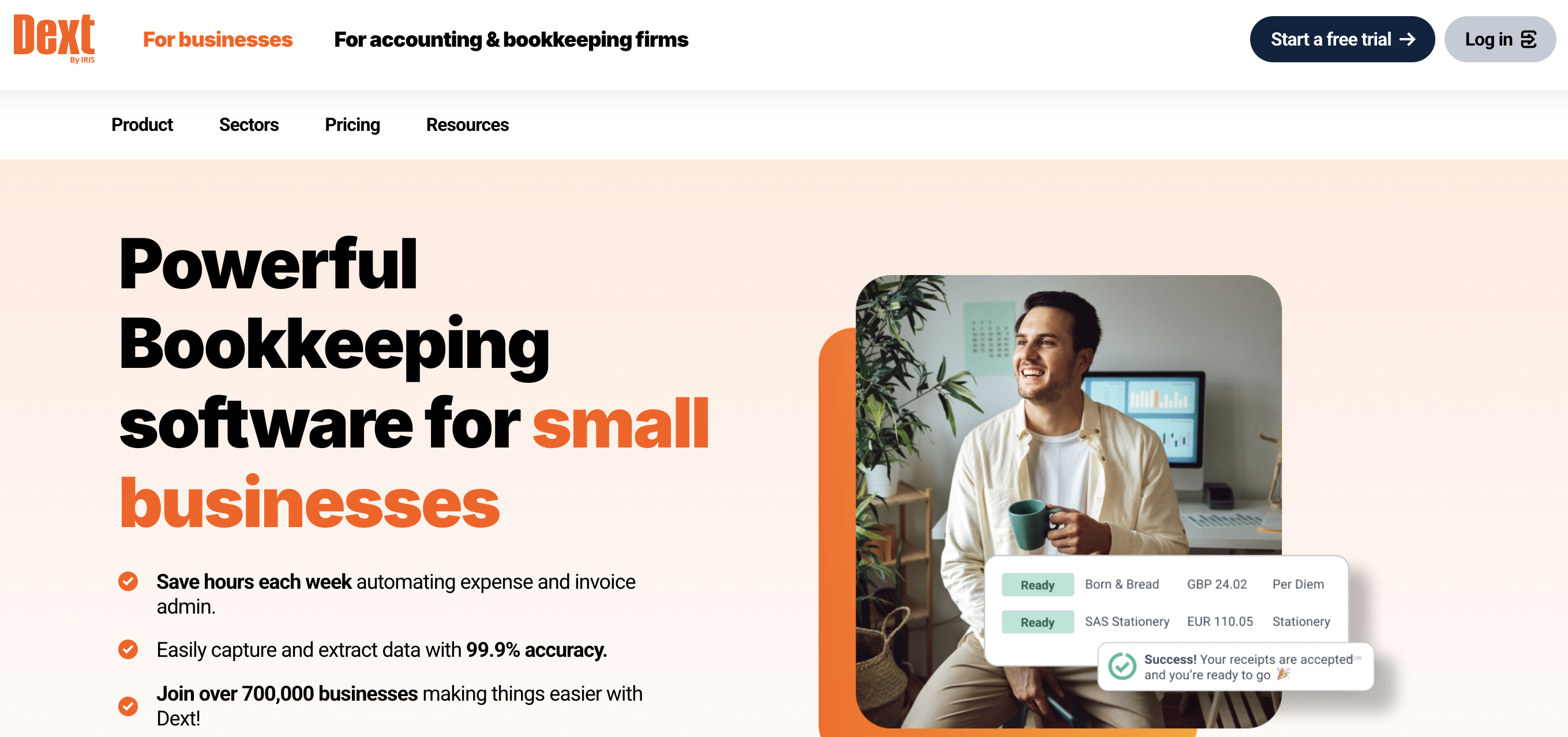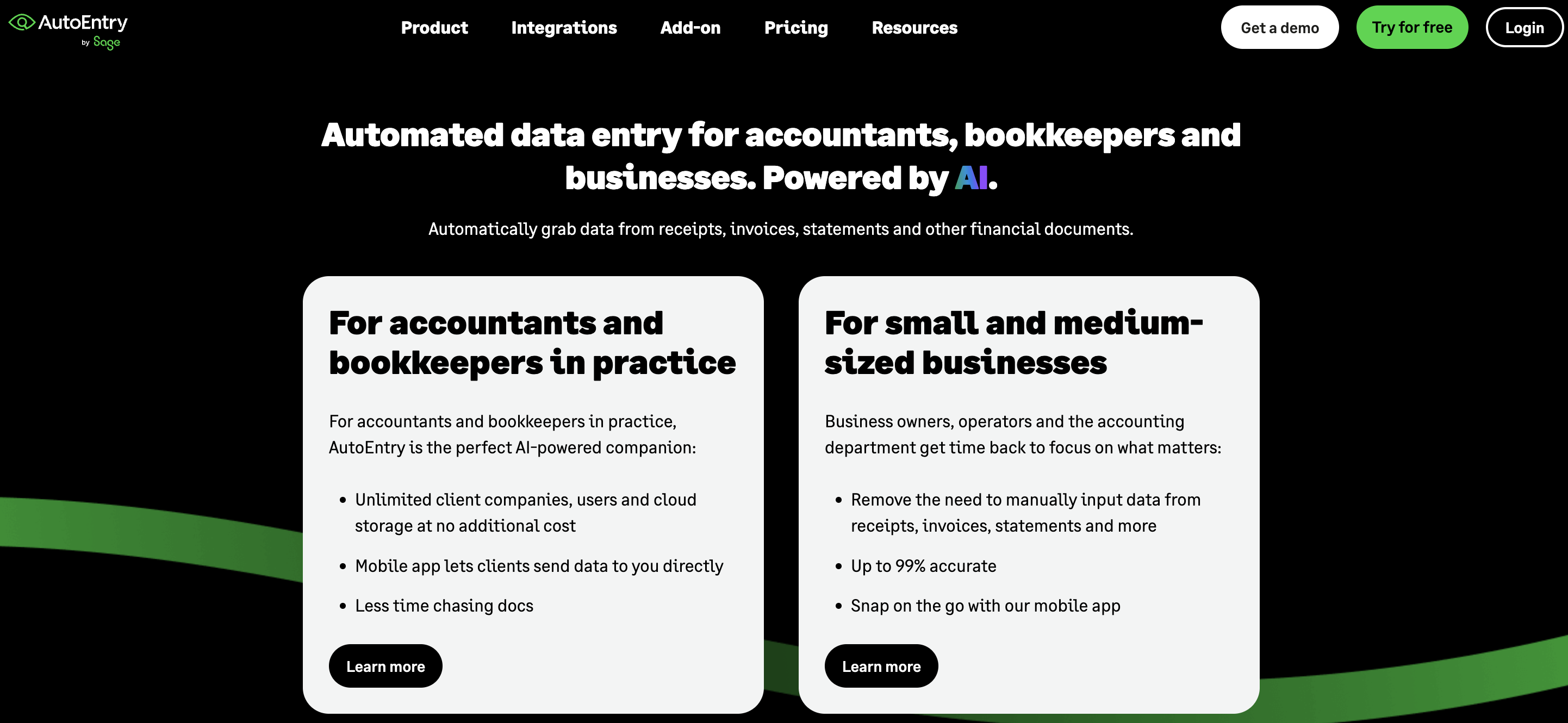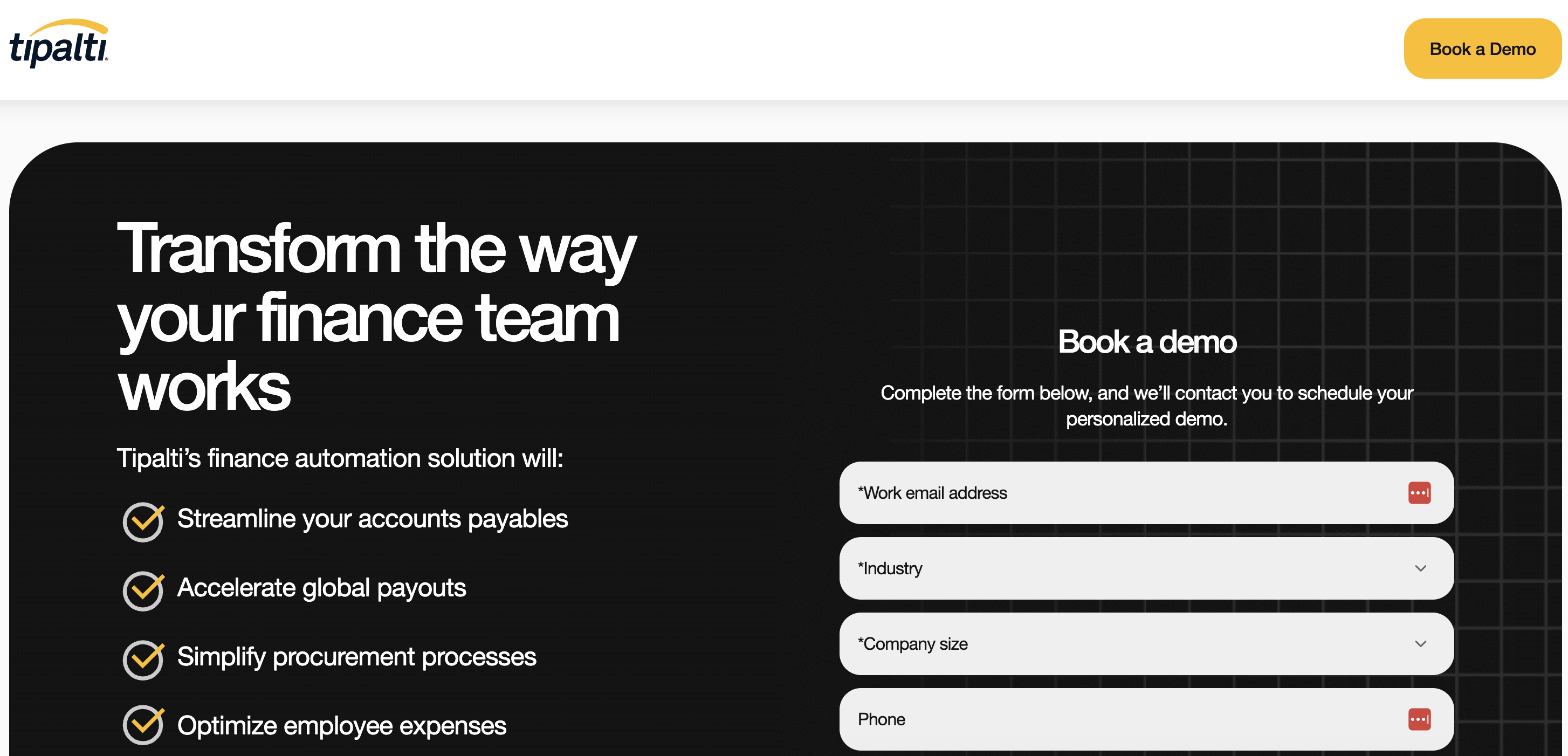
Published: October 2025
Manual accounts payable (AP) processes have long plagued Australian finance teams, involving tedious data entry, approval chases, and reconciliation errors. In 2026, with rising business costs and ATO scrutiny on GST and payments, automation is no longer optional, it's essential for efficiency and compliance. This guide provides a comprehensive comparison of leading AP tools integrated with Xero, helping business owners select the right fit.
We'll examine tools like Dext, AutoEntry, Lightyear, ApprovalMax, and Tipalti from real Australian contexts, using bullet points for structure. The goal: end manual AP, saving time and reducing risks like duplicate payments (which cost Australian businesses millions annually). Automation can cut processing time by 80%, per industry reports. For a team handling 200 invoices monthly, that's from 40 hours to 8. We'll include comparison tables, choosing tips, and implementation advice.
We compare based on OCR, workflows, payments, integration, and suitability for Australian SMEs. All support GST, multi-currency, and ATO-compliant audits.






Assess your needs carefully to match the tool to your operations.
Consider GST and multi-currency needs, especially if dealing with international suppliers.
Successful implementation requires planning to maximise benefits.
Implementation typically takes 1-2 weeks, with ROI visible in the first month through time savings.
Automating AP brings specific advantages in the Australian context.
In 2026, with supply chain pressures, AP automation is key to competitiveness. You can also choose outsourced service providers like Scale Suite.
The main benefit of AP automation is reducing manual errors and processing time by up to 80%, allowing finance teams to focus on higher-value activities while ensuring accurate GST handling and compliance with ATO requirements.
OCR works by scanning uploaded documents to extract key data like invoice amounts, dates, and GST components automatically, then pushing this information to Xero for coding and reconciliation, minimising human input and errors.
Yes, these tools are compliant in Australia as they support GST calculations, tax code validation, and audit-ready trails, aligning with ATO and Fair Work standards for accurate financial reporting and payments.
Yes, you can use multiple tools together for a comprehensive solution, such as Dext for OCR data capture combined with ApprovalMax for workflows, creating an end-to-end process that enhances efficiency without overlaps.
If you have international suppliers, tools like Tipalti excel with global payments, bank verification, and multi-currency support, handling FX conversions while maintaining Australian GST compliance for imports.
AP automation can save significant costs by reducing processing time (e.g., from 40 to 8 hours for 200 invoices) and errors leading to penalties, with ROI often exceeding 300% through labour savings at $50/hour.
Implementation is not difficult for small teams, as most tools offer simple Xero integrations and free trials; start with basic setups like AutoEntry, taking 1-2 weeks with vendor support.
Features like ApprovalMax's multi-level workflows, Tipalti's bank verification, and duplicate detection in Dext help with fraud prevention by adding controls and alerts for suspicious activities.
Scale Suite delivers embedded finance and human resource services for ambitious Australian businesses.Our Sydney-based team integrates with your daily operations through a shared platform, working like part of your internal staff but with senior-level expertise. From complete bookkeeping to strategic CFO insights, we deliver better outcomes than a single hire - without the recruitment risk, training time, or full-time salary commitment.
Considering hiring finance staff? Let's compare what you'd get with an internal hire versus our embedded team approach.
Our experts will show you the complete picture - costs, capabilities, and flexibility - so you can make the right decision for your business.
No lock-in contracts and 30 day money back guarantee.



